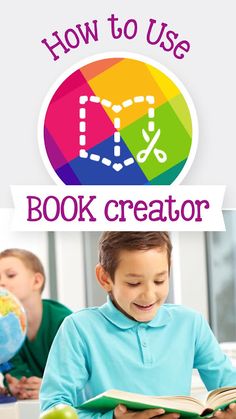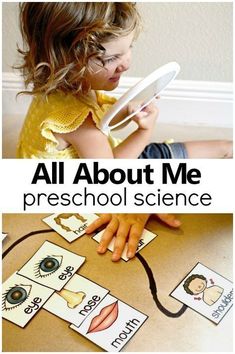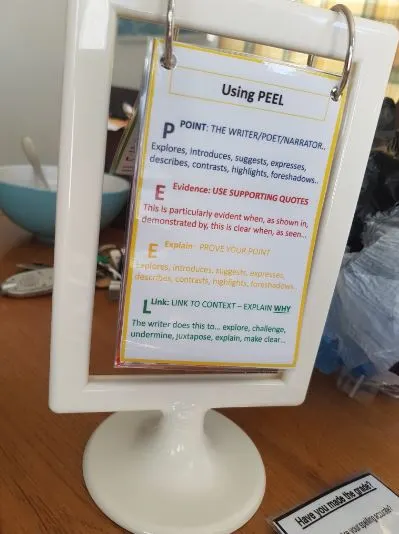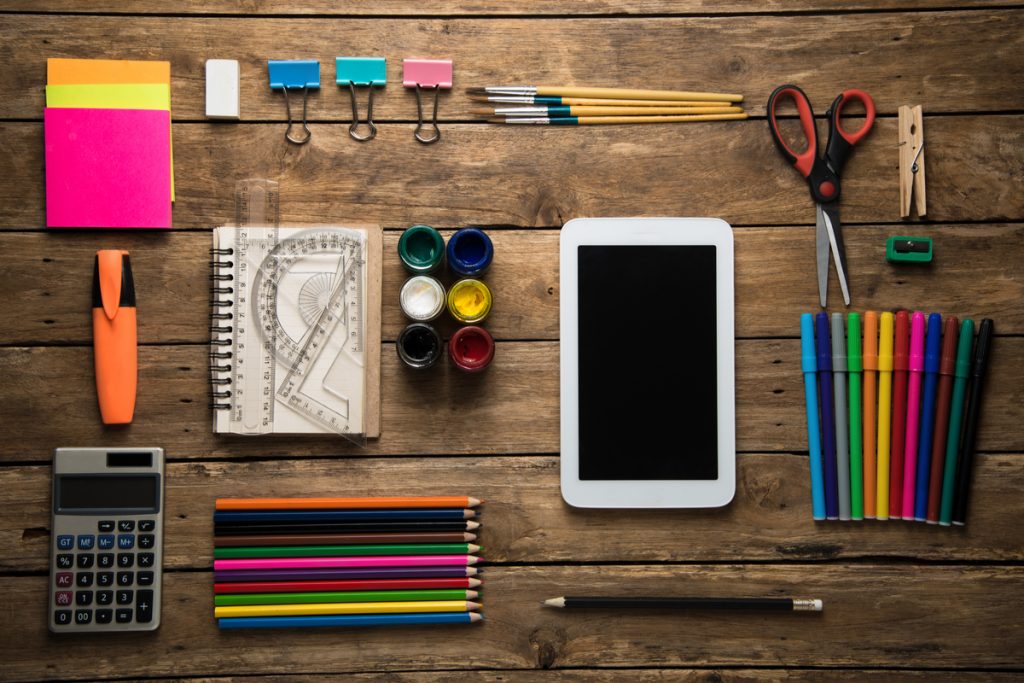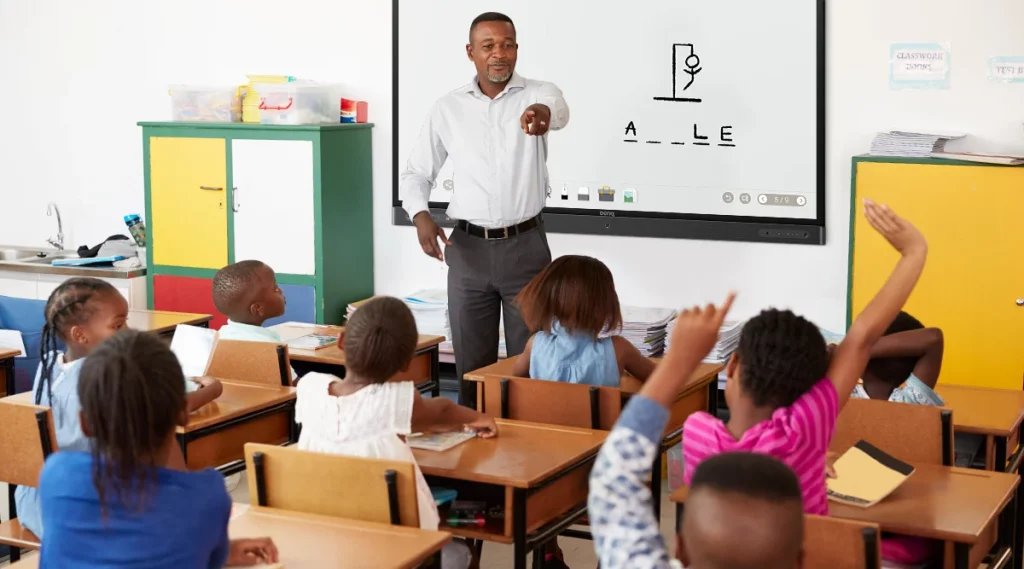Curiosity fuels the human mind to peek behind the curtain, urging us to uncover the secrets of how things are made, managed, and mastered. From the intricate engineering of your smartphone to the organized chaos of a Broadway stage, there’s a complex world of processes, people, and technology at play.
In every bustling kitchen of a fine-dining restaurant, there’s an army of chefs and assistants coordinating like a well-oiled machine to serve up culinary masterpieces. The head chef is the conductor, orchestrating this symphony of flavors, managing timing and food quality with precision. This seamless operation often relies on years of training and practice that go unnoticed when you savor that perfect bite.
Construction sites are another tableau where behind-the-scenes action is loaded with intricacies. Skyscrapers don’t just appear; they are conceived by architects and erected by construction workers braving heights and hazards. Each girder placed is a planned move in a larger strategy involving mathematics, physics, and sheer human grit.
Software development encompasses its own hidden realms as well. A simple app on your device represents thousands of hours of coding, debugging, testing, and updating. Developers often work in teams spread across different locations, connected by the internet but divided by time zones. They breathe life into lines of code that power your digital experience.
The entertainment industry perhaps has one of the most visibly invisible behind-the-scenes workings. For every film that captures our imagination, there’s an army of individuals who work off-camera. Scriptwriters lay the foundations; directors refine this vision; actors bring it to life while crew members ensure that lighting, sound, and set design perfectly complement the storytelling.
Unseen yet omnipresent is also the logistical symphony in global trade. Every product on the shelves has been part of a complex supply chain from manufacture to delivery. Teams meticulously plan routes and schedules for shipping containers that traverse oceans. Warehouse staff stockpile goods efficiently—all to ensure that products reach consumers just in time.
Finally, in the world’s natural habitats, ecological processes robustly yet silently ensue. These systems maintain balance among flora and fauna — each organism plays a role whether it be pollination by bees or the regulation of populations via predation.
Behind-the-scenes activities define our world in countless ways—each requiring dedication, expertise, and coordination to mesh together unseen gears that keep our lives running smoothly. Acknowledging these hidden heroes and their tireless efforts opens up a newfound appreciation for what it takes to make our everyday experiences possible.


